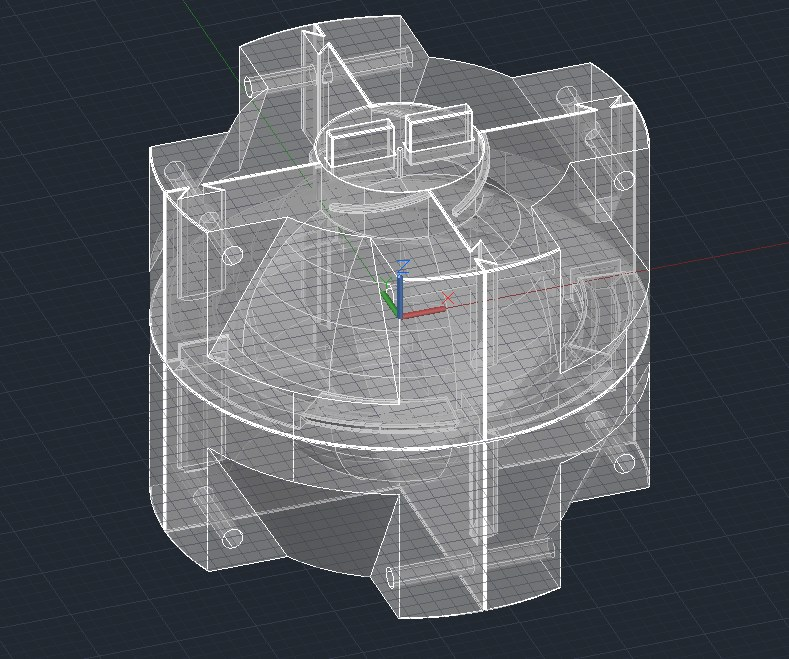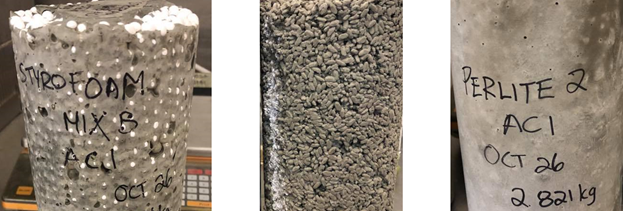Its that time again! Every two years the American Concrete Institute holds an international competition where civil engineering students are tasked with building a concrete bowling ball and BCIT’s students are getting ready to go to Salt Lake City, UT to compete.
It sounds easy enough, right? but pouring a perfect sphere of lightweight concrete that can withstand high loads brings a couple big challenges.
After chatting with the team’s Captain Josh Saffold. Here are three of the major challenges of making a concrete bowling ball and ways the 2018 competition team has used their skills from the civil engineering program to tackle them:
What the heck do you pour the concrete into? A fancy 3D printed form of course! or maybe a silicon mold this year… Past years have used fiberglass, thermoplastic chocolate forms, mixing bowls, and even the shell of a soccer ball. The trick is to have the least amount of imperfections possible so it can pass the initial geometric tolerance tests before the bowling part of the competition. Meaning the form must be flawless. The 2018 team has mocked up the 3D plans for a form in the graphic below.

How to get the concrete to weigh less but still support a high load? By replacing aggregate (rocks) with strong lightweight material such as purpose made Styrofoam beads, perlite (volcanic glass), or, experimentally, rice! The ball must be under a certain weight or will be disqualified before it can even be bowled. Another strategy has been to design the ball with a lightweight core in the middle such as a Styrofoam ball.

The Goldilocks of concrete… getting the mix just right! If the concrete mix is too watery or thin the ball loses strength or the aggregate floats, BUT if its too rigid, there are issues with air pockets forming in the mold. The team’s mix designers are charged with coming up with the perfect combination of ingredients to optimize the material for the application. This goes right down to adjusting for the amount of moisture in the sand or other material going into the mix that day.

When the team has built their final competition balls, they will be headed to Salt Lake City, UT. I’ll be sure to keep you in the loop as they progress through the stages, stay tuned!
